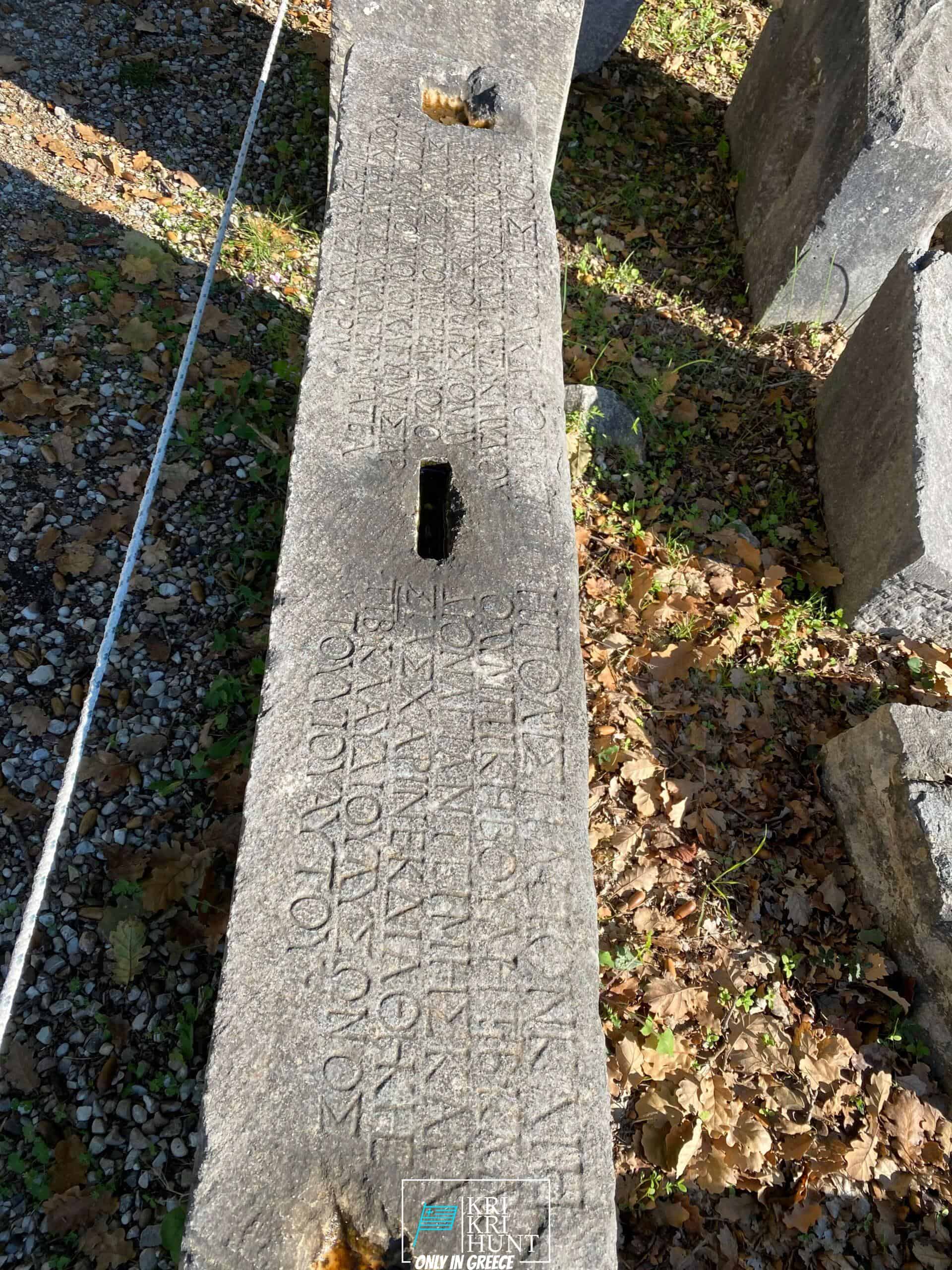This is the very best time to go kri kri hunting and also free diving. Don't miss it!
This is the very best time to go kri kri hunting and also free diving. Don't miss it!
Blog Article

The Peloponnese peninsula on the Greek Mainland is commonly described as the 'genuine' Greece. Since it has actually handled to remain reasonably untouched by mass tourism as well as keeps much of its typical charm, this is. If you're seeking a genuine Greek experience, after that Peloponnese is the location for you. As well as what better means to discover this lovely region than on one of our exterior searching, fishing, and free diving trips?

The number of tags varies as well because the ibex populace is ever-changing. The Kri-Kri, in spite of being the smallest ibex in regards to body weight (Capra Aegagrus Cretica), has long. A few specimens that were not counted gauged 115 centimeters. The gold trophy is 61 centimeter (24 inches) in size. Hunting of Kri-Kri ibexes, is currently allowed on Atalanti and Sapientza in Greece (Capra Aegagrus Cretica). Starting on Atalanti in the recently of October and also the very first week of December, ibex searching is permitted. Searching is enabled the entire month of November in Sapientza, as long as the climate is favorable.
On our Peloponnese scenic tours, you'll get to experience all that this outstanding area has to supply. We'll take you on a tour of a few of one of the most historic as well as gorgeous websites in all of Greece, including ancient damages, castles, as well as extra. You'll likewise get to experience a few of the conventional Greek society firsthand by enjoying a few of the delicious food as well as wine that the area is known for. As well as obviously, no trip to Peloponnese would be full without a dip in the sparkling Mediterranean Sea! Whether you're an experienced seeker looking for a brand-new experience or a first-time traveler just wanting to discover Greece's stunning landscape, our Peloponnese excursions are excellent for you. What are you waiting for? Schedule your journey today!
Experience 'Real' Greece with Our Peloponnese Tours. Look no additionally than our Peloponnese tours if you're looking for a genuine Greek experience. From old damages and castles to delicious food as well as white wine, we'll reveal you everything that this outstanding region needs to offer. So what are you waiting for? Reserve your trip today! Your Kri Kri ibex hunting in Greece is here!
What is the diference between Kri Kri ibex, Bezoar ibex and hybrid ibex
The kri-kri is not thought to be indigenous to Crete, most likely having been imported to the island during the time of the Minoan civilization. Nevertheless, it is found nowhere else and is therefore endemic to Crete. It was common throughout the Aegean but the peaks of the 8,000 ft (2,400 m) White Mountains of Western Crete are their last strongholds–particularly a series of almost vertical 3,000 ft (900 m) cliffs called ‘the Untrodden’—at the head of the Samaria Gorge. This mountain range, which hosts another 14 endemic animal species, is protected as a UNESCO Biosphere Reserve. In total, their range extends to the White Mountains, the Samaria National Forest and the islets of Dia, Thodorou, and Agii Pandes.
This Ibex is NOT a diminutive form of the Bezoar Ibex, which has migrated into the western-most reach of the range of this species. The kri – kri (Capra aegagrus cretica), sometimes called the Cretan goat, Agrimi, or Cretan Ibex, is a feral goat inhabiting the Eastern Mediterranean, previously considered a subspecies of wild goat. The kri-kri has a light brownish coat with a darker band around its neck. It has two horns that sweep back from the head. In the wild they are shy and avoid tourists, resting during the day. The animal can leap some distance or climb seemingly sheer cliffs.
“The agrimi goat Capra aegagrus cretica is unique to Crete and its offshore islands. It has been identi®ed as a sub-species of the wild bezoar goat Capra aegagrus aegagrus Erxleben, 1777, which it closely resembles in horn shape, body form and coloration. This classi®cation has been disputed by some researchers who claim that the agrimi are feral goats, derived from early domestic stock brought to the island by the ®rst Neolithic settlers. In order to clarify this issue, DNA analyses (cytochrome b and D loop sequences) were carried out on tissue of live and skeletonized agrimi and compared to sequences of wild and domestic caprines. Results conclusively show the agrimi to be a feral animal, that clades with domestic goats (Capra hircus) rather than with wild Asiatic bezoar. This study demonstrates that morphometric criteria do not necessarily re¯ect genetic af®nities, and that the taxonomic classi®cation of agrimi should be revised.”
Report this page